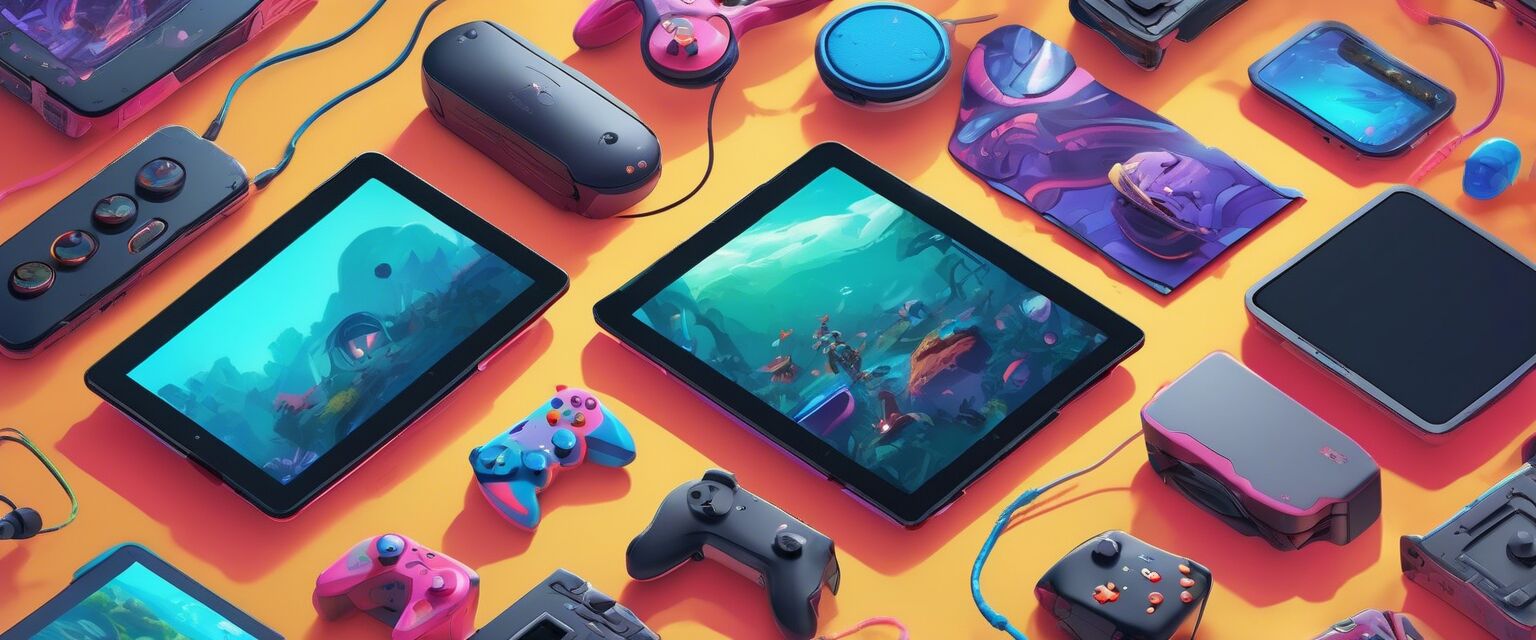
Key Features to Look for in Kids' Electronics
Key takeaways
- Prioritize safety features such as durability and non-toxic materials.
- Look for educational content that encourages learning and development.
- Consider age-appropriate designs that are engaging and user-friendly.
- Choose devices with parental control options for additional safety.
- Evaluate battery life and charging options to ensure ease of use.
When considering kids' electronics, it’s essential to identify the features that will ensure the safety, enjoyment, and educational value for children. As we move into 2025, here’s a comprehensive guide on the key features you should prioritize when selecting electronic devices for children.
Safety First
Safety is paramount when it comes to kids' electronics. Here are the main safety features to look out for:
| Safety Feature | Description |
|---|---|
| Durability | Choose devices that are shock-resistant and have protective covers to withstand drops. |
| Non-toxic materials | Ensure devices are made from non-toxic plastics or materials that are safe for children. |
| Heat regulation | Devices should have mechanisms to prevent overheating during use. |
| Parental Controls | Look for devices with features that allow parents to monitor and restrict content. |
Educational Value
The best kids' electronics offer more than just entertainment. They can support educational growth. Here are some features to consider:
- Interactive Learning: Devices that engage children in interactive ways help foster a love for learning.
- Diverse Content: Ensure there are a variety of educational apps or games available to cover different subjects.
- Progress Tracking: Some devices let parents track their child's educational progress, helping them stay informed.
Age Appropriateness
Choosing age-appropriate electronics is crucial for ensuring both safety and engagement. Consider the following:
| Age Group | Ideal Features |
|---|---|
| Toddlers (1-3 years) | Touch screens with large icons, simple interfaces, and colorful designs. |
| Preschool (4-6 years) | Interactive features with educational games that teach basic skills. |
| Early School Age (7-10 years) | Devices that offer a mix of learning and play, such as coding games. |
| Pre-teens (11-13 years) | More complex apps that encourage creativity, such as music or art software. |
Durability & Battery Life
Considering that kids can be rough with their belongings, durability and battery life are key:
- Battery Life: Look for devices that boast long battery life to minimize charging interruptions.
- Rugged Design: Opt for devices built to resist wear and tear from everyday use.
- Easy Maintenance: Ensure the devices are easy to clean and maintain.
Popular Categories
When shopping for kids' electronics, here’s a quick list of popular categories you can explore further:
- Kids' Educational Electronics
- Plug & Play Gaming Systems
- Standalone Virtual Reality Headsets
- Nintendo Switch Games
- PlayStation 5 Games
Conclusion
Selecting the right kids' electronics requires considering multiple factors such as safety, educational value, and durability. By focusing on these features, you can make an informed decision that will enrich children's playtime while ensuring their safety and educational growth.
Tips for Parents
- Always read reviews and gather feedback from other parents.
- Test the device if possible to see how intuitive it is for your child.
- Set clear rules around the use of electronics and monitor their usage.